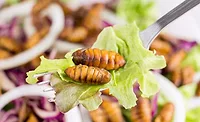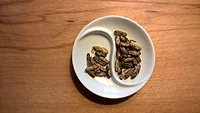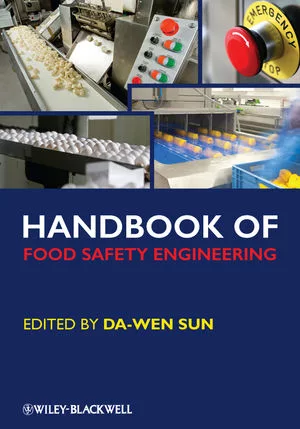Food Safety Aspects of Edible Insects

Credit: Robert Gunnarsson (gunnarro) via Unsplash
A recent review of available scientific literature suggests that, when cooked or processed in certain ways, edible insects can be a safe food product. Food safety considerations for the commodity were explored in the review, including microbiological contaminants, anti-nutritive factors, pesticide residues, toxic heavy metals, mycotoxins, and allergens.
The article outlined various food safety aspects of edible insects, stating that the commodity’s microbiological and anti-nutritive characteristics are of greatest concern. In general, research has demonstrated high counts of microorganisms to be present in fresh insects; however, with the appropriate thermal treatment, microbial loads can be eliminated. As with other foods, the efficacy of heat treatment on edible insects depends on factors such as the type, intensity, and duration of treatment, as well as the treated food composition. Solar and oven drying were underlined by the review as potential heat treatment methods.
The review also mentions that diverse anti‐nutritive factors have been identified in various edible insects, albeit at levels far below those deemed acceptable for human consumption. Such compounds include tannins, oxalates, hydrocyanides, phytates, glycosides, saponins, and alkaloids. Although the few relevant studies that exist have reported that anti-nutritive compounds are present in low concentrations or that some processing methods such as boiling and drying can decrease their content, the article expresses the need for further research on extraction protocols and analytical tools necessary to identify anti‐nutritive factors.
Other potential safety aspects of edible insects outlined in the article include the presence of pesticides, heavy metals, mycotoxins, and allergens. Regarding pesticides and toxic heavy metals, just as with conventional animal foods and plant crops, the exposure to pesticides and heavy metals through the consumption of contaminated edible insects could result in long‐term health problems.
Some studies have shown the presence of mycotoxins in edible insects, as well as how handling and storage conditions can influence the level of aflatoxin contamination. For example, insects transferred directly into clean plastic bags after harvest—as opposed to being subjected to thermal drying and held in re‐used grain bags and woven baskets—were absent from mycotoxin contamination.
Finally, edible insects can induce an allergic reaction in susceptible individuals; however, some processing methods may reduce allergic reactions associated with insect proteins. Further studies examining technologies such as high‐pressure processing, microwave heating, ultrasonication, and other techniques are required
Looking for quick answers on food safety topics?
Try Ask FSM, our new smart AI search tool.
Ask FSM →









